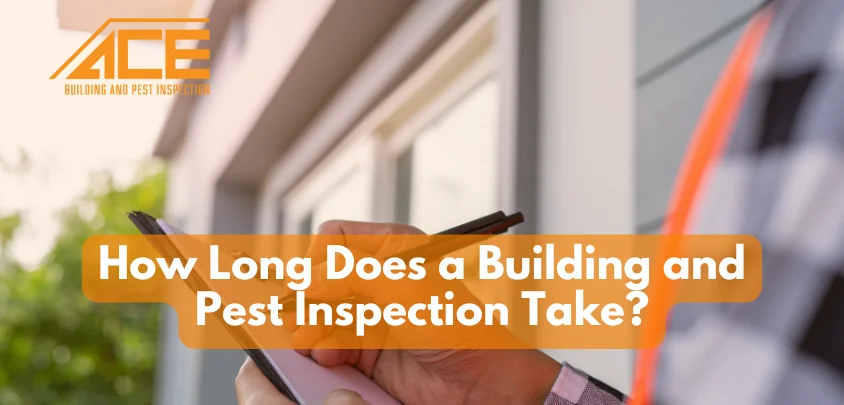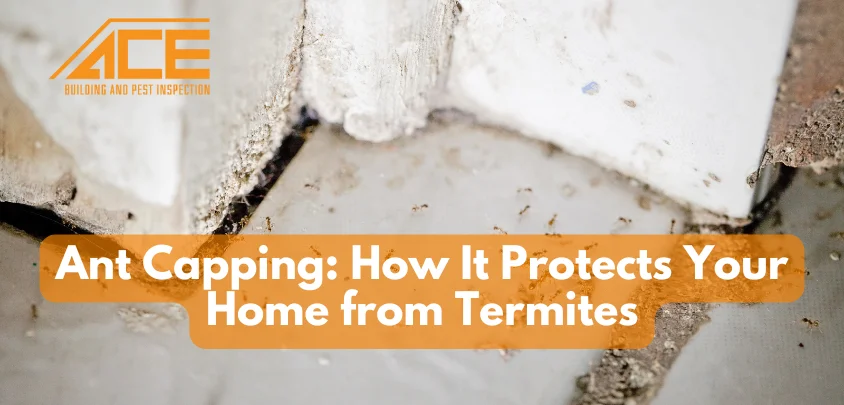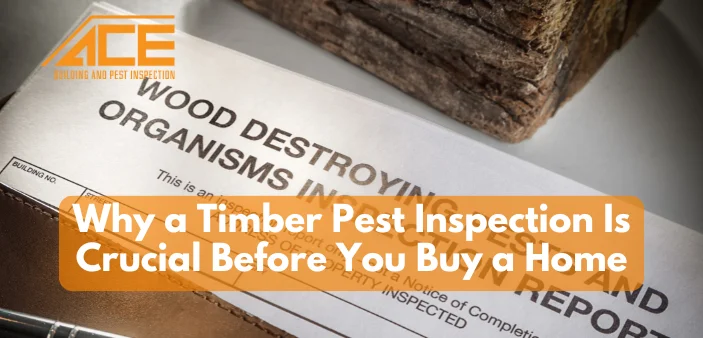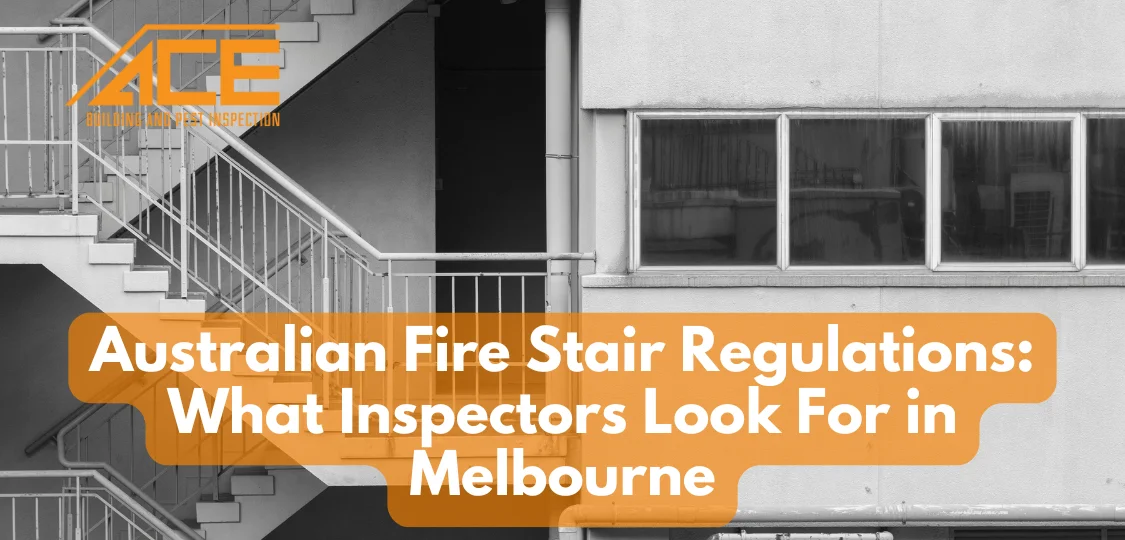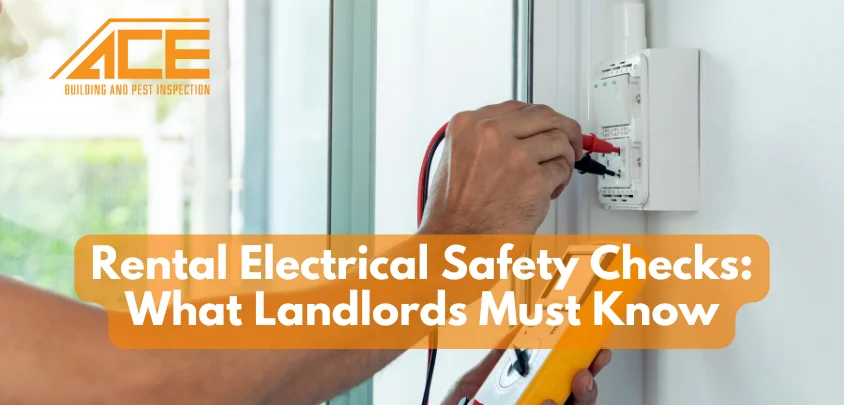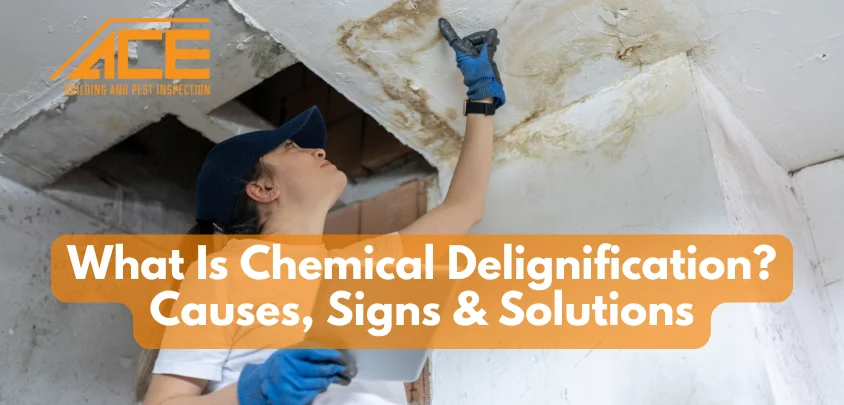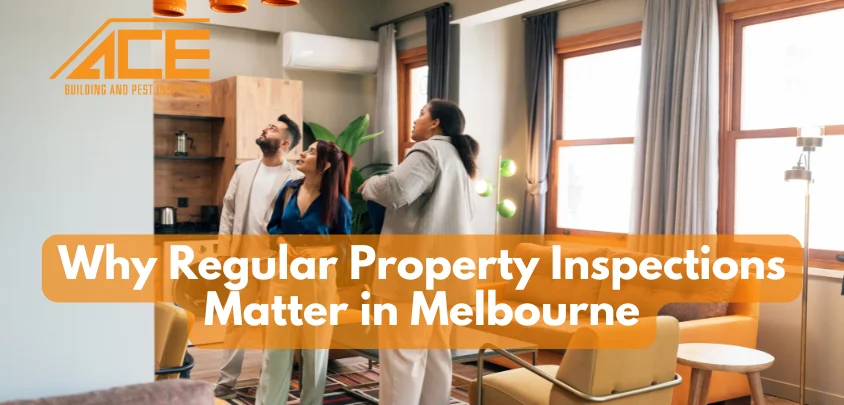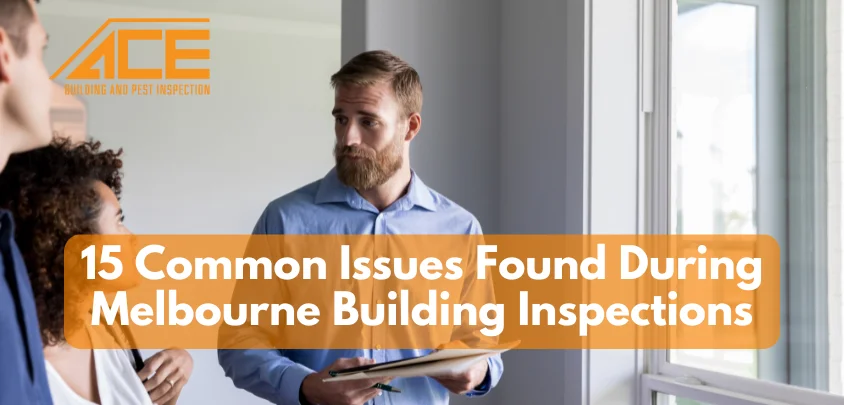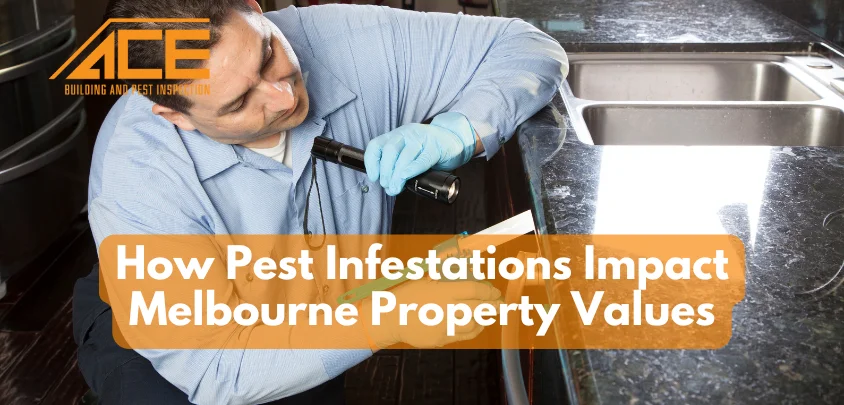Table of Content
Buying a property is a significant investment, and ensuring its structural integrity and safety is crucial before finalising a deal. A building and pest inspection is an important step in this process, providing buyers with a detailed assessment of potential issues in the property. One of the most common questions buyers ask is: “How long does a building and pest inspection take?” The answer depends on various factors, including the property size, age, condition, and accessibility. In this article, we’ll discuss the typical duration of an inspection, what affects the timeframe, why it is essential, and how to make the process more efficient.
How Long Does a Building and Pest Inspection Take?
On average, a standard building and pest inspection takes between 90 minutes to 2 hours. The duration can vary significantly depending on different circumstances. Here’s a general breakdown:
- Small properties (1-2 bedrooms, apartments) – Approximately 60 to 90 minutes
- Medium-sized properties (3-4 bedrooms, single-storey houses) – Around 1.5 to 2 hours
- Large properties (5+ bedrooms, multi-storey houses, commercial buildings) – 2 to 4 hours or more
After the physical inspection, the inspector typically requires additional time (usually 24 to 48 hours) to compile a comprehensive report outlining their findings, which includes photographs, recommendations, and potential repairs.
Factors Affecting Inspection Duration
Several elements influence how long a building and pest inspection takes. Here are the most important factors:
1. Property Size
Larger homes require more time to inspect as they have more rooms, walls, and areas to check. Additional floors, attics, basements, and outdoor structures such as sheds or swimming pools also extend the inspection duration.
2. Property Age and Condition
Older properties usually take longer to inspect because they often have more wear and tear, outdated structures, or previous renovations. Inspectors need to pay extra attention to signs of deterioration, such as cracks, leaks, or termite infestations.
3. Accessibility
If certain parts of the property are difficult to access—such as a roof, attic, or crawl spaces—the inspection may take longer. Inspectors use specialised equipment to assess these areas, but obstacles like locked doors, dense landscaping, or restricted roof access can slow the process.
4. Severity of Issues Found
If the inspector discovers significant structural problems, termite infestations, or other critical concerns, they may spend extra time investigating further. This ensures that the report provides accurate details and recommendations for necessary repairs.
5. Weather Conditions
Adverse weather, such as heavy rain or strong winds, can delay outdoor inspections. For example, if the roof needs to be examined but is too slippery, the inspector may need to reschedule or conduct a partial inspection.
6. Type of Inspection Equipment Used
Advanced inspection tools like thermal imaging cameras, moisture meters, or drone technology can speed up the process, allowing inspectors to detect hidden problems more efficiently. However, in cases where manual assessments are required, the process may take longer.
What Does a Building and Pest Inspection Include?
A building and pest inspection is a thorough process that examines both structural integrity and pest-related issues. Here’s what the inspector typically checks for building inspections and pest inspections:
Building Inspection Checklist:
- Structural integrity (walls, floors, ceilings, foundations)
- Roofing, gutters, and downpipes
- Plumbing and electrical systems (visual inspection)
- Windows and doors
- Drainage and ventilation
- External structures such as garages, decks, and fences
- Compliance with building codes and safety standards
Read More: What Does Building Inspector Look For?
Pest Inspection Checklist:
- Signs of termite activity or damage
- Evidence of other pests like rodents or cockroaches
- Wood decay and fungal growth
- Moisture levels that could lead to infestations
- Damaged timber structures
What is a Building and Pest Inspection?
That is a professional assessment conducted by a licensed inspector to evaluate the structural integrity and potential pest infestations of a property. The inspection ensures that there are no major defects or pest-related damages that could affect the property’s value or safety. This is particularly important in regions prone to termites, wood decay, or structural wear and tear due to climate conditions.
Why Is a Building and Pest Inspection Important?
A thorough inspection helps property buyers avoid costly surprises after purchase. Key benefits include:
Identifying hidden defects
Some issues, such as structural damage or pest infestations, may not be visible to an untrained eye.
Saving money
Detecting problems early allows buyers to negotiate repairs or a lower purchase price.
Ensuring safety
Inspections help reveal hazards like faulty wiring, unstable foundations, or dangerous mould growth.
Providing peace of mind
Buyers gain confidence knowing they’re making an informed decision before investing in a property.
How to Prepare for a Smooth Inspection
To ensure the inspection goes as efficiently as possible, property owners and buyers can take the following steps:
Ensure accessibility
Unlock all doors, gates, and access points to basements, attics, and garages.
Clear clutter
Move furniture or items obstructing walls and floors to allow proper examination.
Provide necessary documents
If available, offer building plans, past pest treatment records, and renovation details to the inspector.
Schedule appropriately
Avoid last-minute inspections to allow sufficient time for a thorough assessment and follow-up discussions.
What Happens After the Inspection?
Once the inspection is complete, the inspector compiles a detailed report outlining their findings. This report typically includes:
- A summary of structural and pest issues
- High-resolution images of detected problems
- Recommendations for repairs or further assessments
- Estimated costs for potential repairs (in some cases)
- Risk assessments and future maintenance tips
Buyers can use this report to negotiate with the seller for repairs or price reductions, ensuring they make an informed decision before proceeding with the purchase.
Final Thoughts
A building and pest inspection is an important step when purchasing a property, providing valuable insights into its condition and potential issues. The duration of the inspection depends on various factors, such as property size, age, and accessibility. While the physical inspection typically takes between 90 minutes to 2 hours, additional time is needed to compile a comprehensive report. Investing in a professional inspection ensures buyers can make informed decisions, negotiate better deals, and safeguard their investment in the long run.
If you’re considering buying a property, don’t rush the process—schedule a building and pest inspection to ensure your future home or investment is safe and sound. If you’re in Melbourne, consider booking ACE Building and Pest Inspection for a thorough and reliable assessment.
More Resources:
